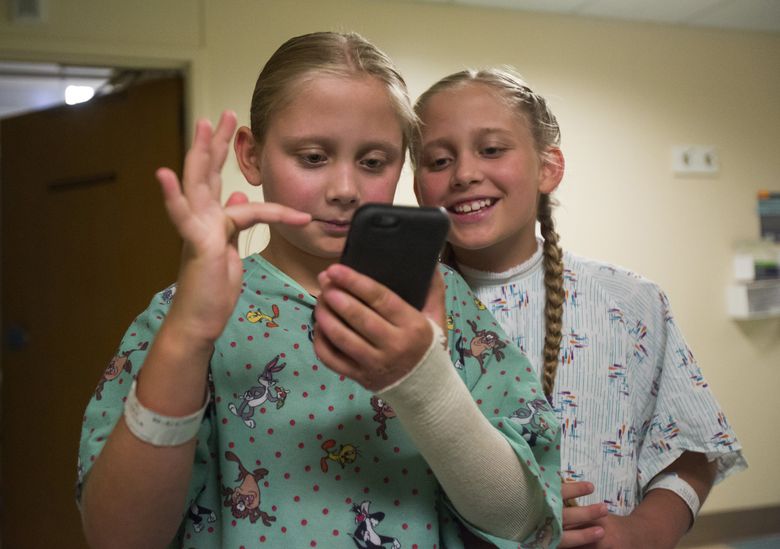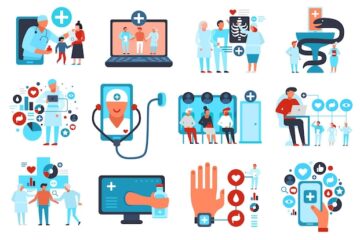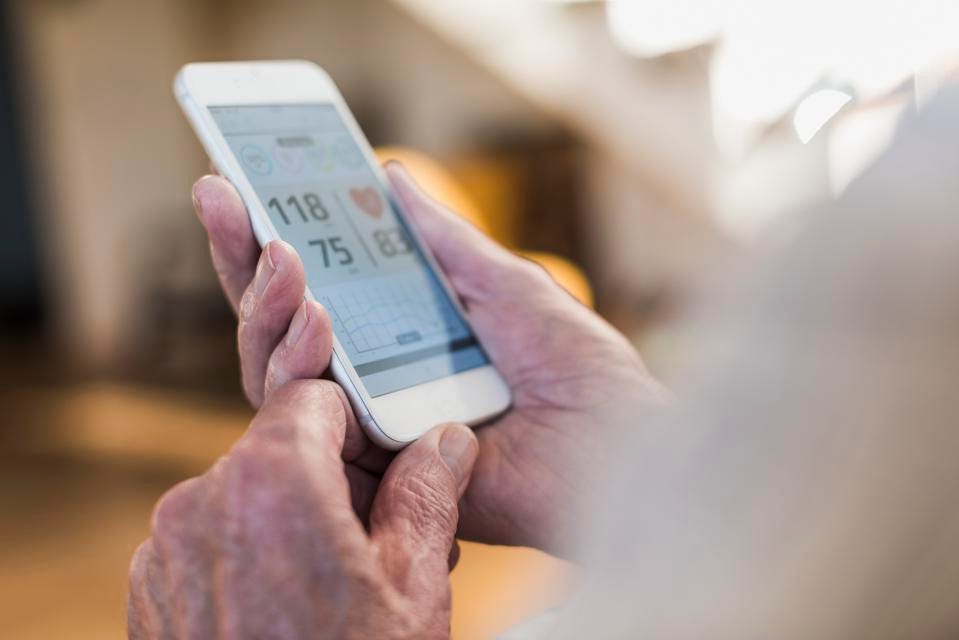
Priscilla and Olivia Wagoner, 10-year-old twins at Harborview Medical Center, aren’t thinking of the severe burns that have kept them in the hospital for about two weeks and away from their home in Columbia Falls, Mont.
Instead, they’re thinking about catching Pikachu.
The girls are part of a trial that doctors and researchers at the UW Medicine Burn Center at the hospital have been testing since Saturday. They’re tapping into the “Pokémon Go” craze, an augmented-reality game where players can catch, train or battle Pokémon characters on their smartphones.
Except, when used in the burn center, there’s a completely different objective than just having fun.
Researchers say the benefit is twofold: The game helps mobilize patients and keep their infected areas in motion while also taking their minds off the pain, the way a good book or intense action movie might.
“You get to have this adventure catching Pokémon and like, you can’t really keep track and all that’s around you is blank because you’re playing this one game,” Olivia Wagoner said.
The two, along with their 6-year-old nephew, Zeke Hilliard, were flown to the hospital after a relative’s boat they were on erupted into flames in Swan Lake, Mont. The trip is a Fourth of July tradition for the family.
“It was terrifying,” said Alicia Hilliard, Zeke’s mother. “The girlies were just crying, their skin literally just falling off. Zeke was sitting on a picnic table, just completely in shock.”
Other family members were injured, but not like the three kids. They suffered burns on between 20 and 30 percent of their bodies, said the girls’ mother, Nettie Wagoner.
All three are expected to make a full recovery. Priscilla and Olivia are expected to be discharged Tuesday while Hilliard said Zeke should be at Harborview about another week.
And though the kids aren’t allowed to play video games much at home, the parents allowed it in the burn unit if that meant a quicker recovery. Both the kids and doctors say it’s working.
Shelley Wiechman, attending psychologist in the Burn and Pediatric Trauma Service and Pediatric Primary Care Clinic at Harborview, said the hospital pioneered the use of virtual reality after painful procedures around the mid-1990s.That’s roughly when the hospital began to use an immersive virtual-reality game called “SnowWorld” to decrease pain for burn victims. The game was developed by researchers from the University of Washington in collaboration with the hospital.
“Our challenge is to find something that’s more stimulating and engaging than pain they’re experiencing, so something like virtual reality that’s new or “Pokémon Go” that’s new, it’s more exciting and takes attention away from the pain,” Wiechman said.
Wiechman said that the use of virtual reality, for both kids and adults, means they’ll be able to use less medication and push themselves further in physical therapy.
She said if the hospital continues to use the game, staff might begin to track data using Fitbits.
Unlike other virtual-reality games, “Pokémon Go,” allows patients to use their legs. So in Priscilla and Olivia’s case, involving them in this test was a no brainer.
Whether or not the girls will keep playing, their mom said, “we’ll see.”
Priscilla and Olivia, however, remain hopeful. They said their dad told them they might even get a tablet after the two are out of the hospital.
“I think the Pokémon game is a really good way to get your physical therapy if you’re in a hospital,” Priscilla said. “It’s exciting to find new animals.”
[Source: Seattle Time]




